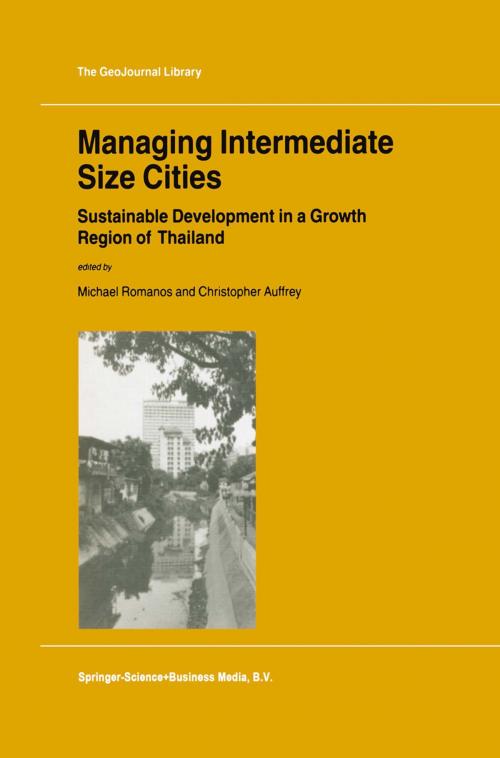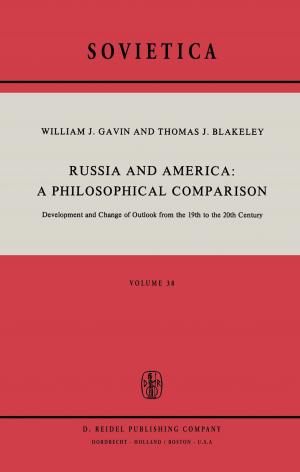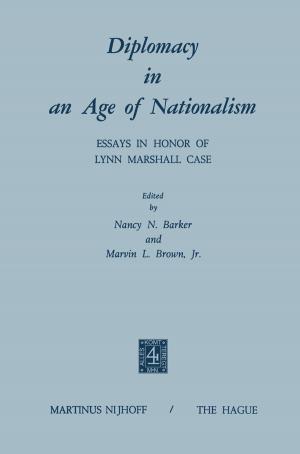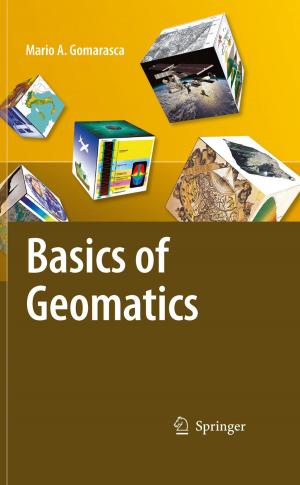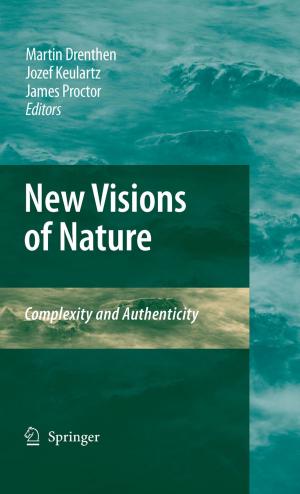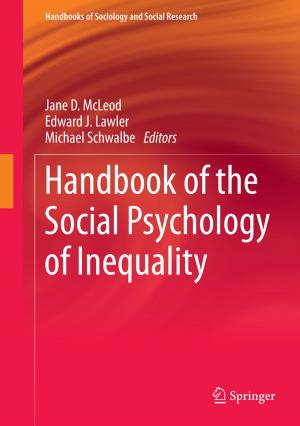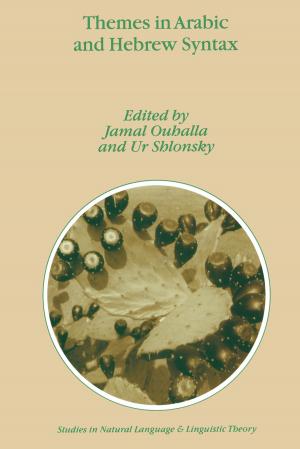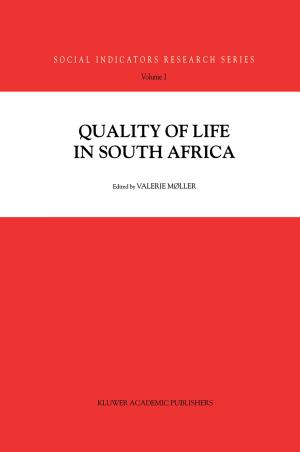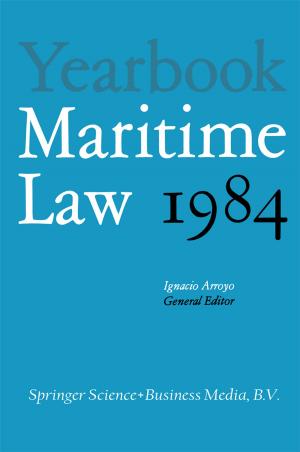Managing Intermediate Size Cities
Sustainable Development in a Growth Region of Thailand
Nonfiction, Science & Nature, Technology, Environmental, Business & Finance, Economics, Economic Development, Nature| Author: | ISBN: | 9789401721707 | |
| Publisher: | Springer Netherlands | Publication: | April 17, 2013 |
| Imprint: | Springer | Language: | English |
| Author: | |
| ISBN: | 9789401721707 |
| Publisher: | Springer Netherlands |
| Publication: | April 17, 2013 |
| Imprint: | Springer |
| Language: | English |
I am both pleased and honored to introduce this book to readers, and I want to take a few moments to explain why. Michael Romanos and Christopher Auffrey have produced a volume which will be of immense value to several different types of people. Planners and other specialists concerned with the development of the Southeast Asian region and the issues and opportunities associated with urban growth and sustainable development will find much to interest them in this book. But the book, I believe, has much wider appeal, and that is what I want to touch on briefly here. The University of Cincinnati, where Michael, Chris, and I work, is attempting to globalize itself - to develop its institutional capacity for international activities, to infuse its curriculum with international themes, and to promote and increase global competence among its graduates. Many American universities are doing this, of course. In the process, we are seeing some very interesting experiments in pedagogy, as faculty look for "learning moments" in new and sometimes exotic places. Michael, Chris, and their colleagues have, it seems to me, developed an outstanding model for learning across national and cultural boundaries. In the chapters which follow, you will read the results of their work. What will be less apparent, however, is the process by which that work was produced.
I am both pleased and honored to introduce this book to readers, and I want to take a few moments to explain why. Michael Romanos and Christopher Auffrey have produced a volume which will be of immense value to several different types of people. Planners and other specialists concerned with the development of the Southeast Asian region and the issues and opportunities associated with urban growth and sustainable development will find much to interest them in this book. But the book, I believe, has much wider appeal, and that is what I want to touch on briefly here. The University of Cincinnati, where Michael, Chris, and I work, is attempting to globalize itself - to develop its institutional capacity for international activities, to infuse its curriculum with international themes, and to promote and increase global competence among its graduates. Many American universities are doing this, of course. In the process, we are seeing some very interesting experiments in pedagogy, as faculty look for "learning moments" in new and sometimes exotic places. Michael, Chris, and their colleagues have, it seems to me, developed an outstanding model for learning across national and cultural boundaries. In the chapters which follow, you will read the results of their work. What will be less apparent, however, is the process by which that work was produced.
